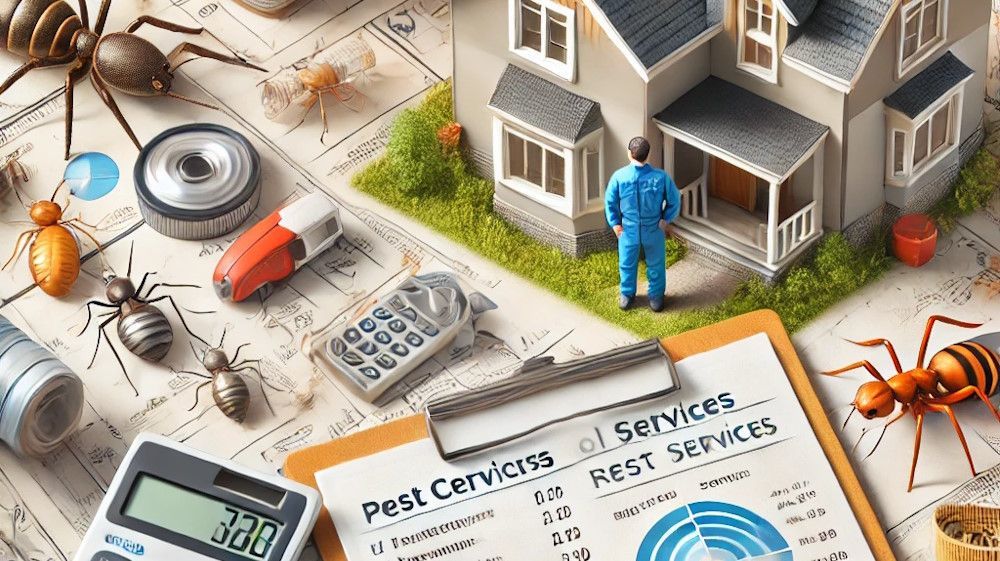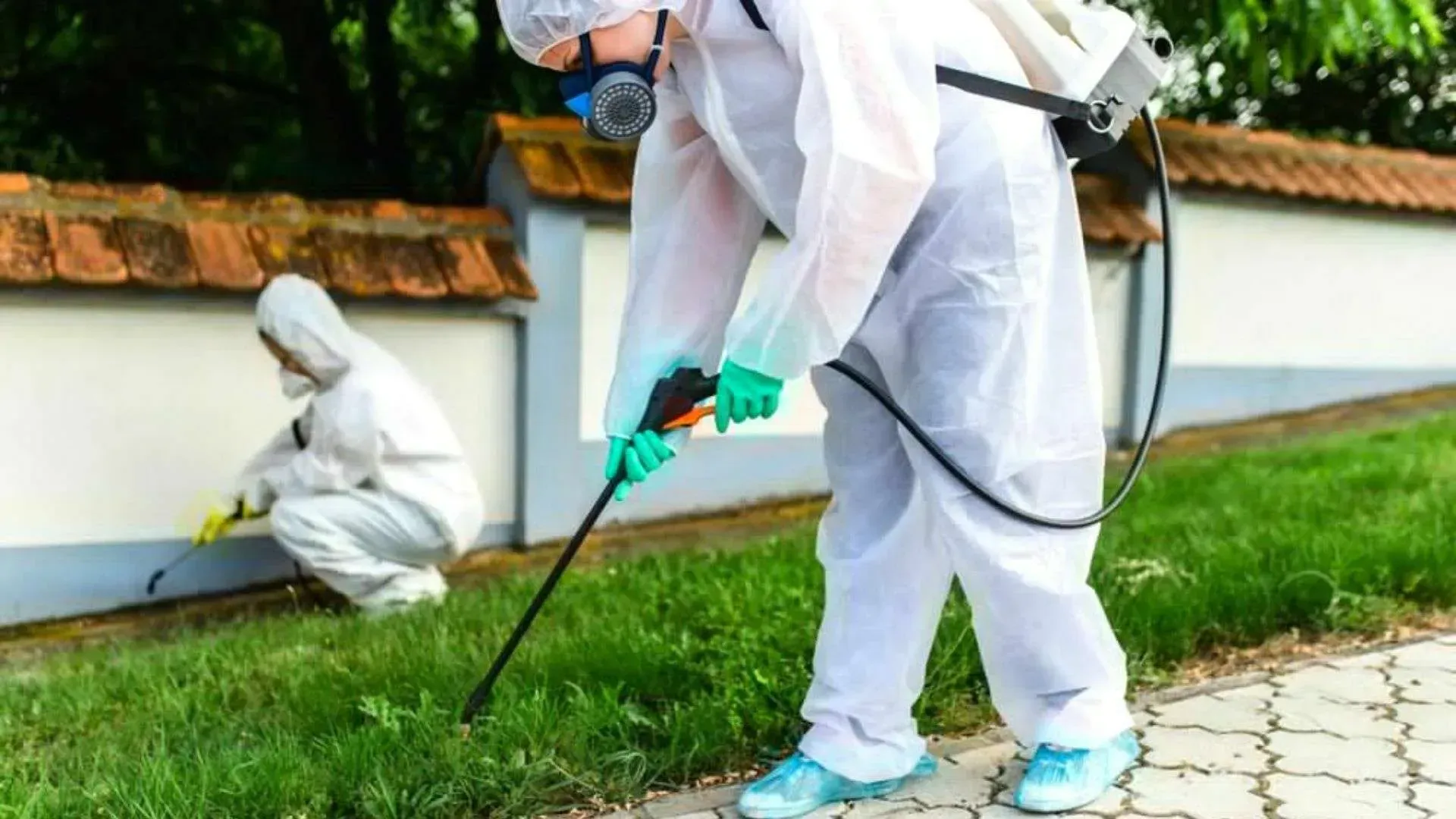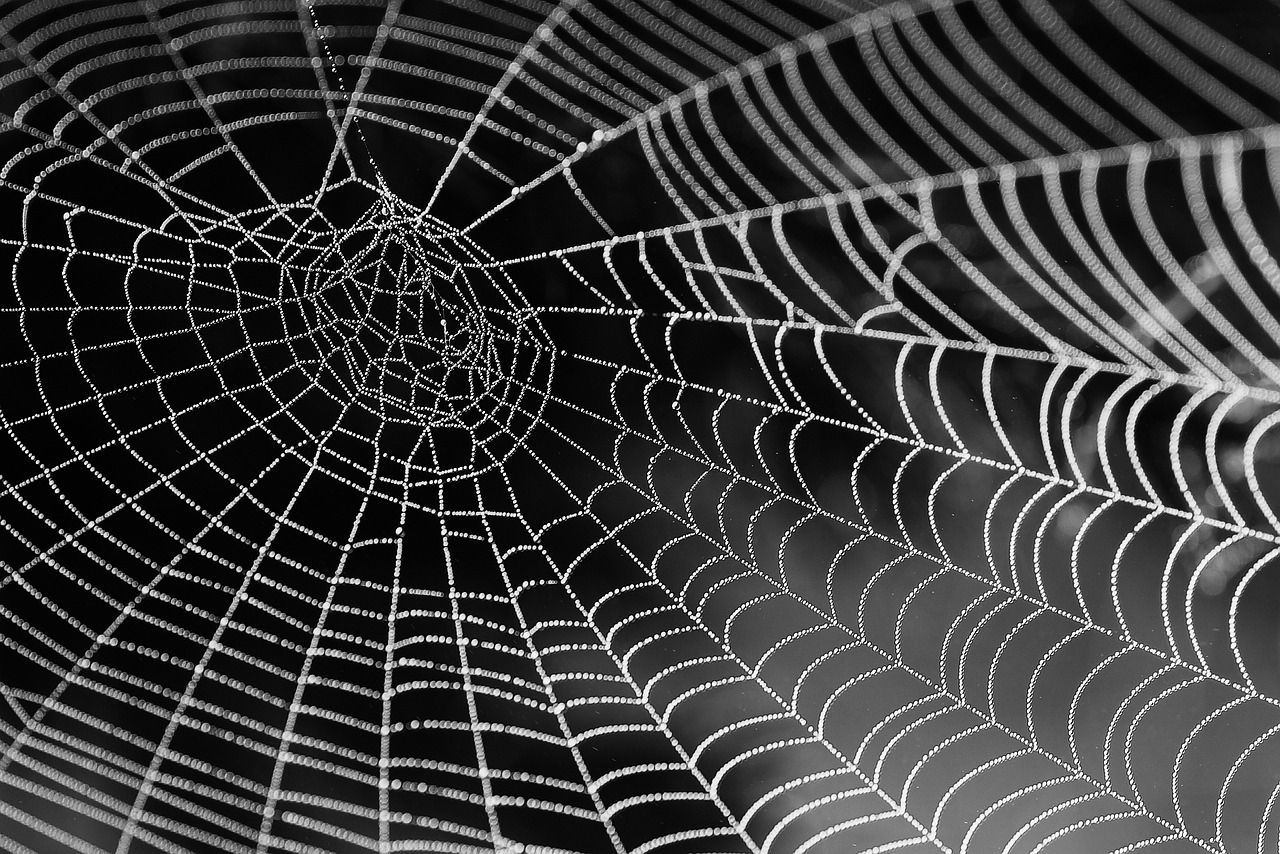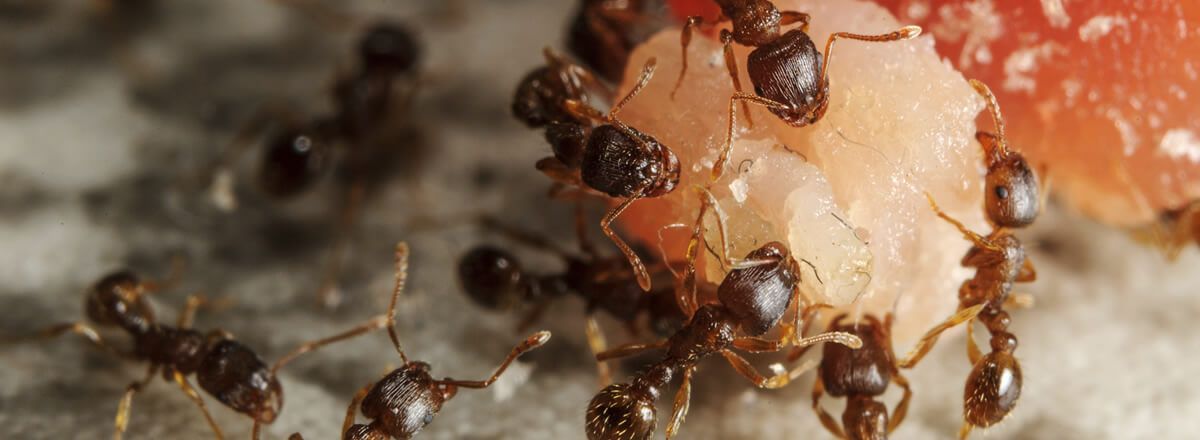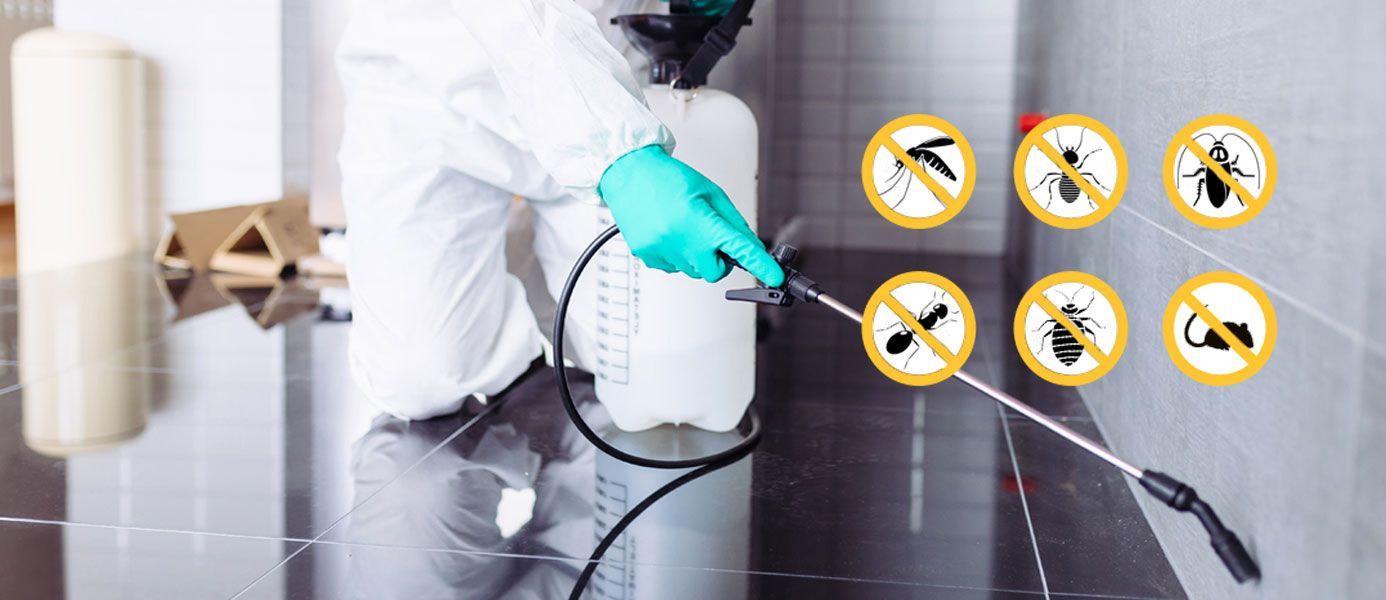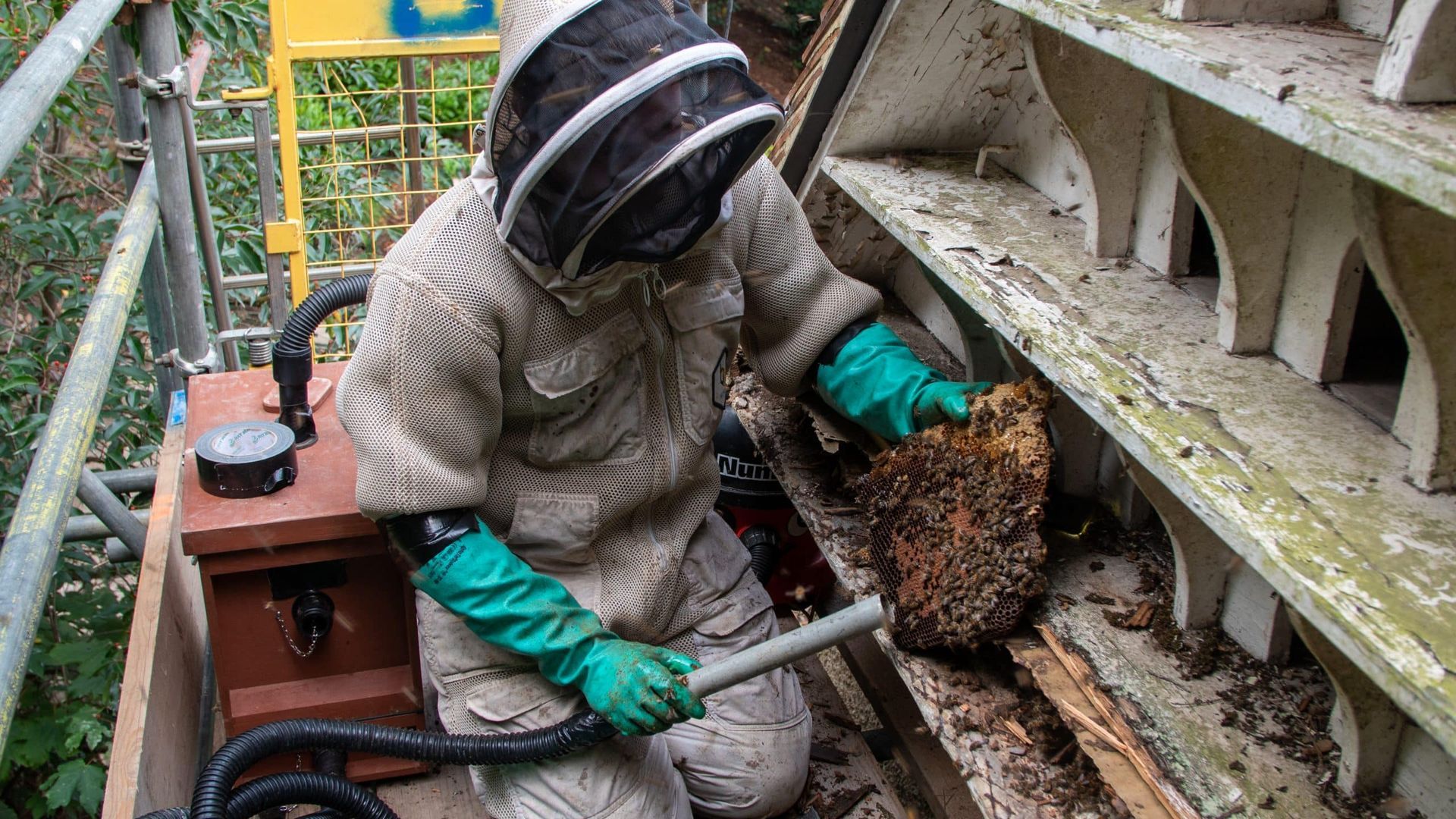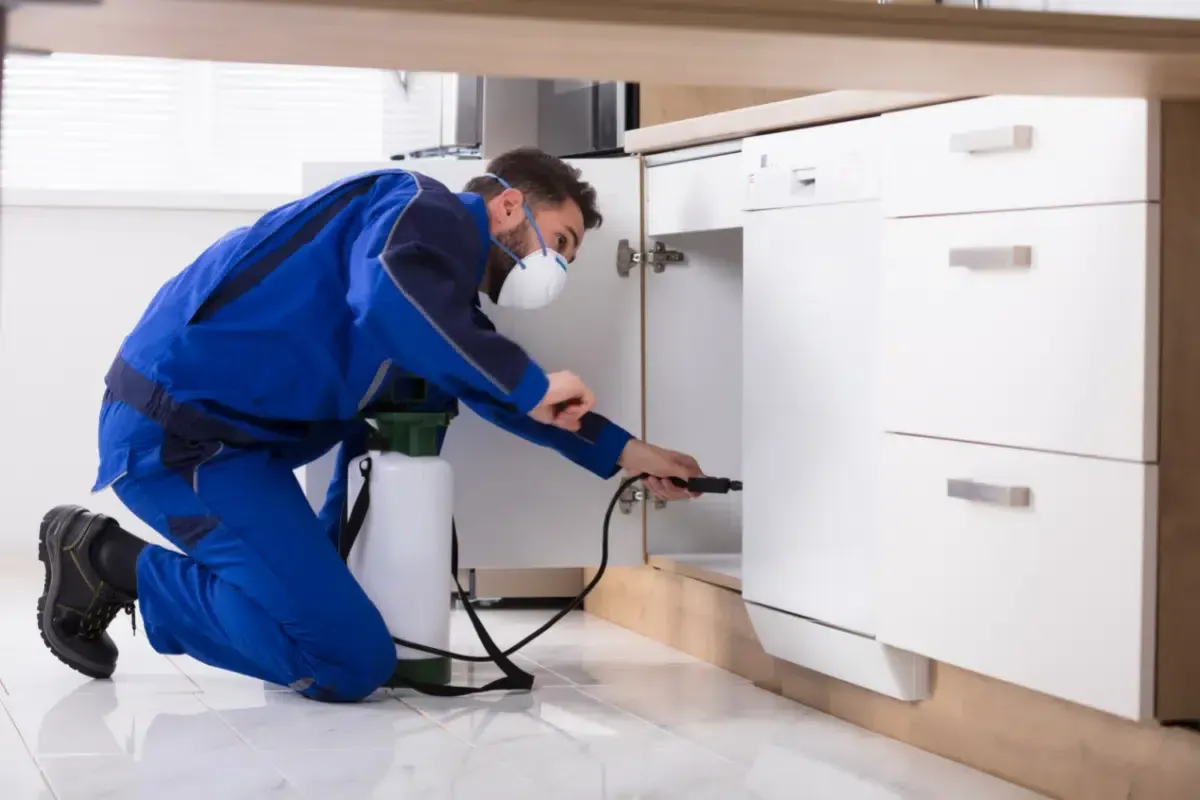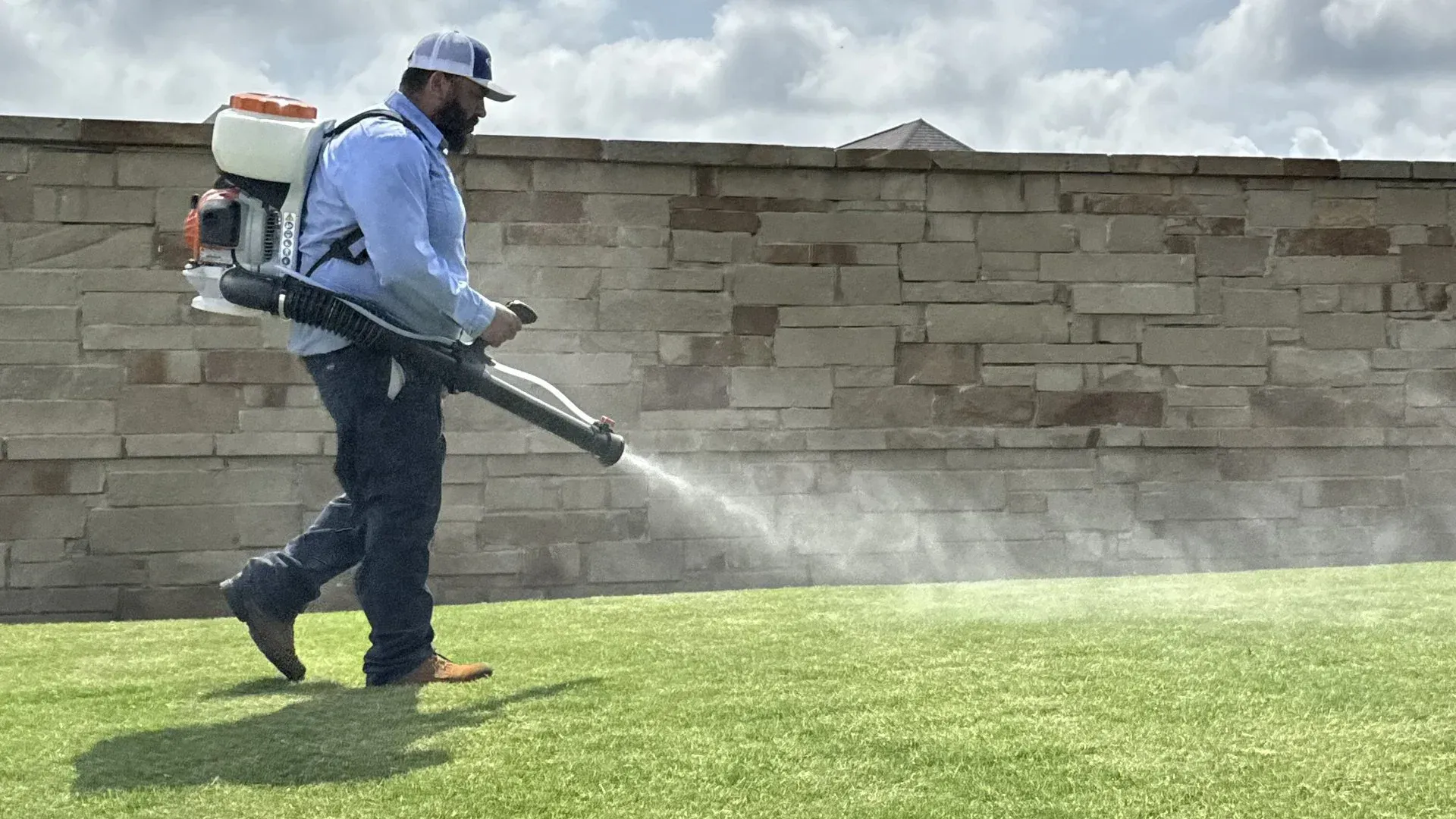Termite Treatments
Protecting Your Home from Silent Invaders
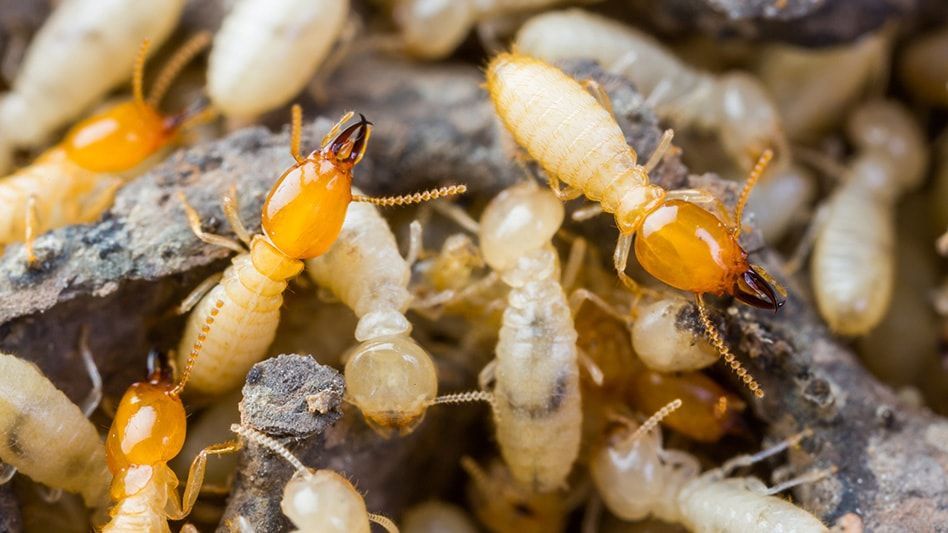
Your home is your sanctuary, your safe haven where you create cherished memories and find comfort after a long day. However, what if I told you that there are invisible invaders lurking beneath the surface, gradually eating away at the very foundation of your house? Yes, I'm talking about termites - these tiny creatures can cause extensive damage to your property if left unchecked. In this blog, we'll explore the importance of termite treatments and how they can safeguard your home.
Termites: The Silent Destroyers
Termites, often referred to as the silent destroyers, are social insects that feast on cellulose materials found in wood and plants. They thrive in moist and warm climates, making many parts of the world vulnerable to their infestations. Despite their small size, termites can cause immense structural damage to your home, leading to substantial repair costs.
Recognizing Termite Infestations
Detecting termite infestations can be challenging as these insects are masters in staying hidden. However, being aware of some common signs can help you identify the presence of these silent invaders:
1. Hollow-sounding wood: If you tap on wooden structures, such as walls or floors, and hear a hollow sound, it may indicate termite damage.
2. Discarded wings: Termites, particularly during mating season, shed their wings. You might find discarded wings near windows or light sources.
3. Mud tubes: Termites build mud tubes along surfaces, such as walls or the foundation of your home, to protect themselves from predators and maintain a high humidity environment.
4. Sagging floors or ceilings: Termite infestations can weaken the structural integrity of your home, leading to sagging floors, walls, or ceilings.
Termite Treatments: Safeguarding Your Home
While termites are a formidable adversary, there are various termite treatment options available to protect your home and prevent any potential damage. Here are some popular termite treatment methods:
1. Liquid Termiticides: Applying liquid termiticides to the soil surrounding your house creates a chemical barrier, effectively repelling termites and preventing their entry.
2. Bait Stations: Termite bait stations consist of underground traps that contain a substance poisonous to termites. These bait stations attract termites and eliminate entire colonies.
3. Wood Treatments: Infusing wood with chemicals or varnishes that are toxic to termites helps protect against future infestations. This method is particularly effective during the construction or renovation phase of a property.
4. Fumigation: When a severe infestation is detected, fumigation may be necessary. This process involves enclosing the entire structure and filling it with a gas that eliminates termites.
Professional Assistance: The Key to Success
While some homeowners may attempt DIY termite treatments, it's crucial to seek professional assistance to ensure effective and long-lasting results. Certified pest control professionals are trained to accurately identify the extent of the infestation, determine the appropriate treatment, and provide ongoing monitoring and preventive measures.
The Importance of Regular Inspections
Prevention is always better than cure. By scheduling regular termite inspections, you can identify any signs of infestation early on and take immediate action. Early detection plays a significant role in minimizing potential damage and reducing treatment costs.
Final Words
Protecting your home from termite infestations is a responsibility every homeowner should take seriously. By familiarizing yourself with the signs of termites, investing in regular inspections, and seeking professional termite treatments, you can safeguard your property and ensure the longevity of your cherished home for years to come. Remember, it's better to tackle termites proactively rather than dealing with the consequences of extensive damage down the line.


